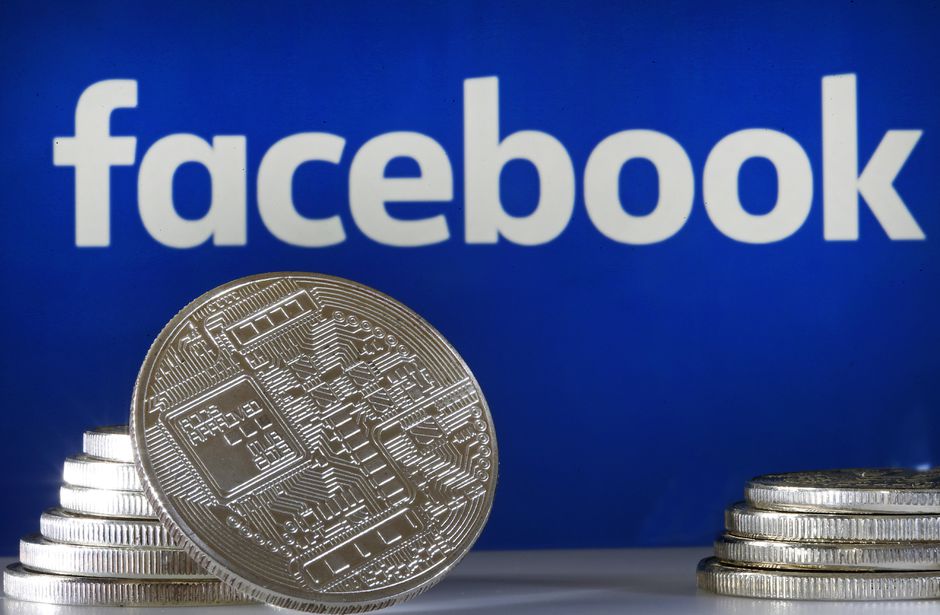How Satoshi Nakamoto and Bitcoin Solved the Double Spending Problem
Many people who do not know a lot about cryptocurrencies might think that they are impractical, not feasible, or even ridiculous. A lot of these assumptions are made because many people are unaware of the technology that cryptocurrencies are built on. Incorrect assumptions about cryptocurrencies include the idea that an infinite amount of a specific digital currency can be created, or that a person can spend the same coin over and over again, thus completely destroying the functionality of the currency.
Prior to the work of Satoshi Nakamoto, many of these assumptions would have been correct. However, in arguably one of the most significant technological inventions of all time, Satoshi Nakamoto solved the double spending problem for digital currencies, and launched a revolutionary new currency, Bitcoin. Bitcoin and its technology were immune to manipulation, hacking, and double spending. Since it was created in 2009, Bitcoin has grown from being worth roughly 5 cents per coin to being worth roughly $15,000 per coin in the beginning of 2018.
Understanding the Double Spending Problem
Throughout history, precious metals and paper-based fiat currencies have been used by many civilizations throughout the world. When transactions are made with these currencies, typically one party must relinquish a certain amount of currency to a second party in order to receive a certain amount of goods or services. Because physical money is being exchanged, there is no possibility for the same currency being spent by the same party twice.
For example, with precious metals or paper-based fiat currencies, a man cannot spend a dollar on an apple, and then use that same exact dollar to go and buy an orange. This is because the dollar is relinquished to the vendor upon the purchase of the apple. With digital currencies, however, there is no actual physical relinquishing of a currency which creates what is known as the double spending problem.
Double spending is when a person spends the same currency for two or more transactions. Prior to the invention of Bitcoin, this was a major problem because it eliminates the feature of scarcity for digital currencies, which is an essential feature for a currency to be viable. If each unit of currency can be spend an infinite amount of times, then each unit would have no real value.
Enter Satoshi Nakamoto
Following the 2008 financial crisis, a financial pioneer named Satoshi Nakamoto solved the double spending problem and created a viable digital currency that was immune to double spending. To this day, no one knows the true identity of Satoshi (except Satoshi himself or herself). Satoshi Nakamoto is merely a pseudonym.
Regardless of the true identity of Satoshi Nakamoto, the inventor going by that pseudonym created a unique solution to prevent double spending. The solution is called blockchain technology. The details of both Bitcoin and blockchain technology were laid out in a whitepaper released by Satoshi Nakamoto in November of 2008 called Bitcoin: A Peer-to-Peer Electronic Cash System.
In this whitepaper, Nakamoto explains how digital financial transactions were still depending on trusted third parties (such as banks) to prevent double spending, and how that could be changed with blockchain technology.
What is Blockchain Technology and How Does it Work?
Blockchain technology is essentially a universal public ledger which records every single transaction on an ever expanding record. Transactions must be independently validated by “miners” in order for them to become legitimate and to be added to the blockchain. Miners receive incentive to do the transaction validating by being rewarded a certain amount of Bitcoin for a successful transaction validation.
In this way, banks are not needed to prevent double spending and every single transaction is verified to make sure that no one is spending the same Bitcoins more than once. If someone attempts to spend the same Bitcoins twice by making two separate transactions with the same Bitcoin input in the same block, then the two transactions will never be confirmed on the network. Thus essentially makes them invalid transactions and they become “cancelled,” preventing double spending.
The fact that all transactions are recorded publicly also makes it essentially impossible to double spend Bitcoins. There are literally thousands of people and computer systems working around the clock every day monitoring the Bitcoin blockchain to make sure that double spending is not happening.
Significance of the Blockchain Invention
Bitcoin was the first digital currency to be built on a combination of cryptography and blockchain technology. The invention of Bitcoin and blockchain technology spawned an entirely new generation of money, the so-called, cryptocurrencies. Currently, there are over 1,000 cryptocurrencies and counting. Bitcoin is still king of the mountain with a market cap in the hundreds of billions of dollars. However, currencies such as Ethereum, Litecoin, and Dash are following in hot pursuit.
The universal ledger that records all Bitcoin transactions was an incredibly high-minded, and brilliant solution to the double spending problem. It is taking some time for the average, non-technical person to wrap their head around the idea, but cryptocurrencies as a whole are becoming more and more popular as time goes on. In fact, in January 2018 the overall market cap for all cryptocurrencies reached as high as $722,853,408,133, and has been steadily approaching $1 trillion.
Many of the other cryptocurrencies that have come out since the invention of Bitcoin also use blockchain technology to prevent double spending. In the first few years of Bitcoin, there were a lot of skeptics and many people thought that the cryptocurrency would implode. Now, it is nearly ten years later and Bitcoin is stronger than ever before. There appears to be a slow and steady gradual acceptance of Bitcoin happening right now in increasingly large percentages of the global population.
Global Reaction to Blockchain Technology
Some nations such as the US, UK, South Korea, and Japan have all become hotbeds of cryptocurrency and blockchain activity. Cryptocurrencies are currently thriving in these nations. However, many other nations (such as Bolivia and Nepal) have outlawed cryptocurrencies such as Bitcoin. These nations view cryptocurrencies as a negative development, possibly due to the fact that they could threaten the dominance of their own national currencies.
But despite the fact that some nations have outlawed Bitcoin and other cryptocurrencies, there is no denying the fact that they are growing in popularity and in use. People in some nations have even turned to cryptocurrencies to escape the rapid hyperinflation of their own national fiat currencies. For example, many people in Venezuela have turned to Bitcoin to help them escape their steadily inflating national currency.
Potential Problems with the Double Spending Solution
In terms of hacking, it is very unlikely that Bitcoin or other cryptocurrencies that rely on blockchain technology will be hacked or have their double spending protective measures destroyed. This is because blockchains are constantly monitored for anomalies and fraud. However, cryptocurrencies are still vulnerable to other threats.
Chief among these threats is government regulation. As mentioned above, cryptocurrencies have already been outlawed in several nations. Many other nations may outlaw them or heavily regulate them if they fear that they’re becoming too large or too much of a threat to the national fiat currency.
Also, even if the blockchains themselves are invulnerable to double spending and hacking, the infrastructure surrounding blockchains still faces of vulnerability. For example, cryptocurrency exchanges can still be hacked. Just a few years after Bitcoin was invented, Mt. Gox; the one-time largest cryptocurrency exchange, was hacked and all the Bitcoins that it was holding were all stolen. This translates to a loss that would be worth billions of dollars at today’s Bitcoin prices.
Even if Bitcoin cannot be double spent, it can still be stolen, and therefore there are some vulnerabilities associated with cryptocurrencies. In the same breadth, other assets and currencies like precious metals, dollars and euros can also be stolen. So cryptocurrencies are no more vulnerable to theft than any other type of currency is.
Final Thoughts on Double Spending and Blockchain Tech
If Satoshi Nakamoto had not solved the double spending problem with cryptography and blockchain technology, then cryptocurrencies may have never risen to any level of popularity. With that said, they are currently taking the world by storm and Nakamoto is largely to thank. Because of the solution that he created, millions of people around the world and large numbers of businesses are currently trusting cryptocurrencies to both store value and to use for daily transactions.
Bitcoin has even come to be known as “digital gold.” This makes sense, considering the fact that it has many of the features of gold including fungibility, divisibility, scarcity, and desirability. If Bitcoin and other cryptocurrencies continue to prevent double spending and prove to be reliable, then it is possible that hundreds of millions of people could start using them regularly.
Whether or not cyrptocurrencies are used for daily transactions or for a long-term store of value depends on the person or business’s needs. However, they can definitely serve either of these purposes.
Also, as long as people can still make money mining cryptocurrencies and validating transactions, the double spending problem will most likely never be an issue. Considering the fact that cryptocurrency values are skyrocketing, it does not seem likely that Bitcoin or any of the main cryptocurrencies will cease to be profitable to mine any time soon. So, the future of the primary cryptocurrencies as non-double spendable currencies seems to be set, at least for the near future.



